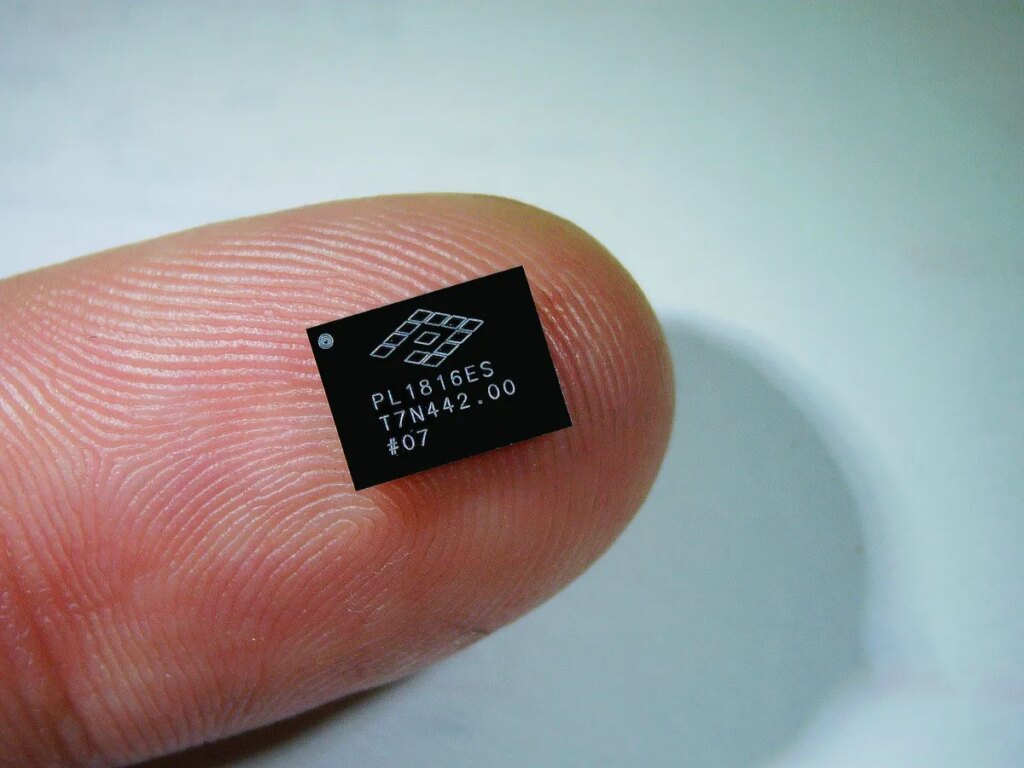If you happen to take note of what the most important tech corporations are saying about AI demand, you’ll discover a typical thread: they’re working in need of compute capability. Which means the massive language fashions underpinning AI merchandise right now want much more knowledge facilities to be educated and for inferencing, and subsequently, they want extra energy. In opposition to that backdrop, power effectivity has abruptly turn into a vital precedence for semiconductor producers.
PowerLattice, a startup based by veteran electrical engineers from Qualcomm, NUVIA, and Intel in 2023, claims to have developed a groundbreaking method that reduces the facility wants of laptop chips by greater than 50%. On Monday, the startup emerged from stealth with a $25 million Collection A funding spherical led by Playground International and Celesta Capital, bringing its whole funding to $31 million.
“That is the onerous stuff: How do you get energy into the gadget? There are only a few groups and other people that may do it,” stated Pat Gelsinger, normal associate at Playground International. “We now have assembled what I’d argue is the dream crew of energy supply.”
As the previous CEO of Intel, Gelsinger carries vital authority within the semiconductor world, which makes his participation a strong stamp of approval for PowerLattice.
Actually, when the startup’s CEO Dr. Peng Zou and its founding crew pitched their concept at Playground’s workplaces in March, they had been so star-struck by Gelsinger’s fame that they requested him for a selfie, Gelsinger informed TechCrunch. The admiration proved mutual, as Gelsinger got here away genuinely impressed with PowerLattice’s expertise.
The startup’s tech sounds easy in idea: a tiny energy supply chiplet that’s designed to deliver energy nearer to the processor, considerably minimizing power loss.
Two years in, PowerLattice has already achieved its first key milestone: its first batch of chiplets is being produced by TSMC, in partnership with an unnamed producer that’s testing the startup’s performance, Gelsinger stated.
Techcrunch occasion
San Francisco
|
October 13-15, 2026
Past its preliminary buyer, the startup plans to make its product accessible for testing by different prospects within the first half of 2026. The trials ought to show instructive, provided that PowerLattice’s potential buyer set contains main chip producers Nvidia, Broadcom and AMD, in addition to specialised AI chip builders, equivalent to Cerberus, Grok, and Playground-backed startups d-Matrix and NextSilicon.
Though each chip firm has inner groups engaged on bettering power effectivity, Gelsinger hopes that PowerLattice’s modern method will pique their curiosity.
“They might say, ‘I’m going to take some quantity to this method, some quantity to my extra conventional method’,” he stated. “However we predict our potential to seize significant share will shortly emerge.”
PowerLattice shouldn’t be the one startup trying to assist chip producers deal with the power downside. The corporate would compete most carefully with Empower Semiconductor, a startup that raised a $140 million Collection D, led by Constancy Administration & Analysis Firm, in September.
Nevertheless, Gelsinger is for certain that PowerLattice’s 50% power effectivity acquire is an “extraordinary” outcome, and he expects the corporate to quickly increase a a lot bigger funding spherical to fund manufacturing.
“The concept is daring, the advantages are massive, and I anticipate others can be saying, ‘That’s an ideal concept. Let me strive as properly,’” Gelsinger stated.
{content material}
Supply: {feed_title}

